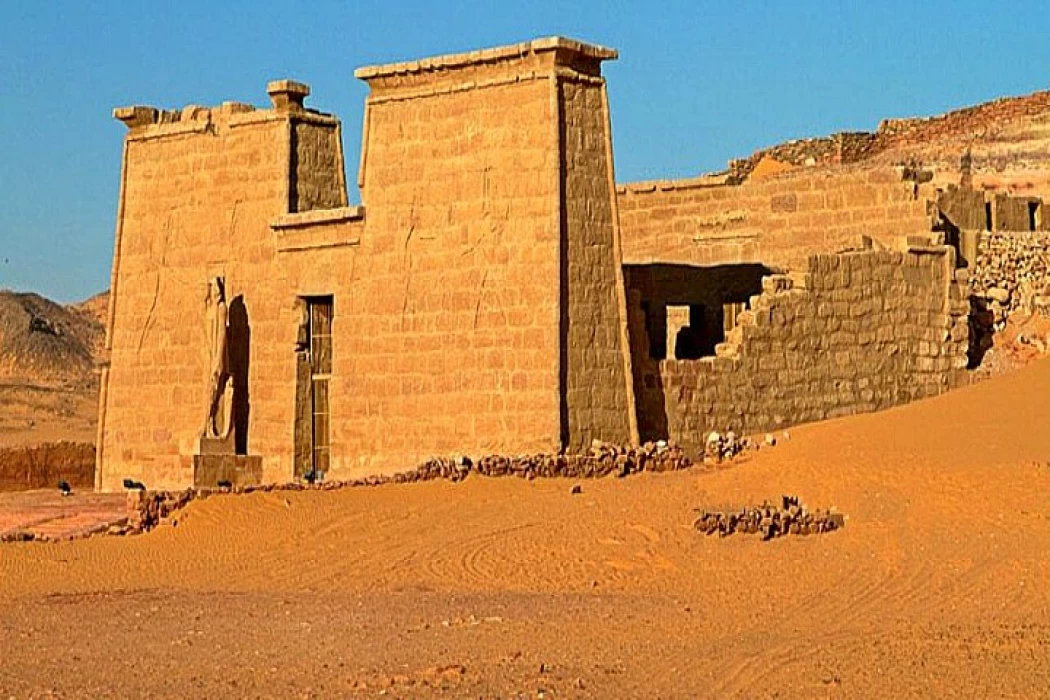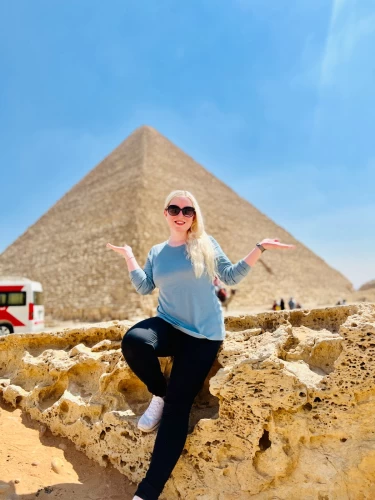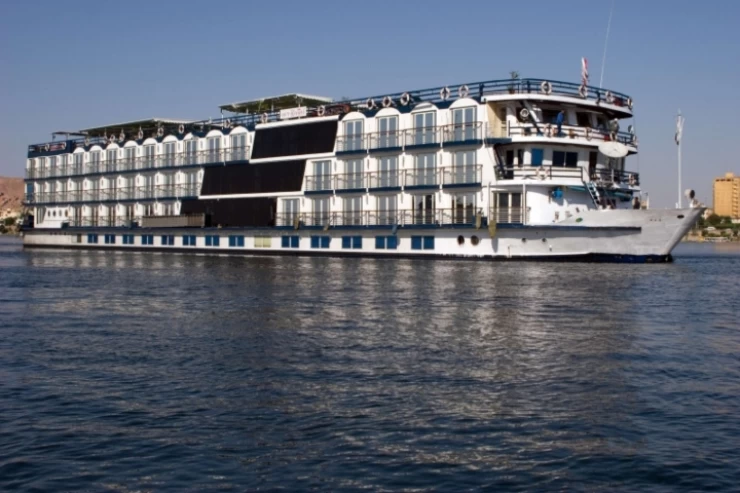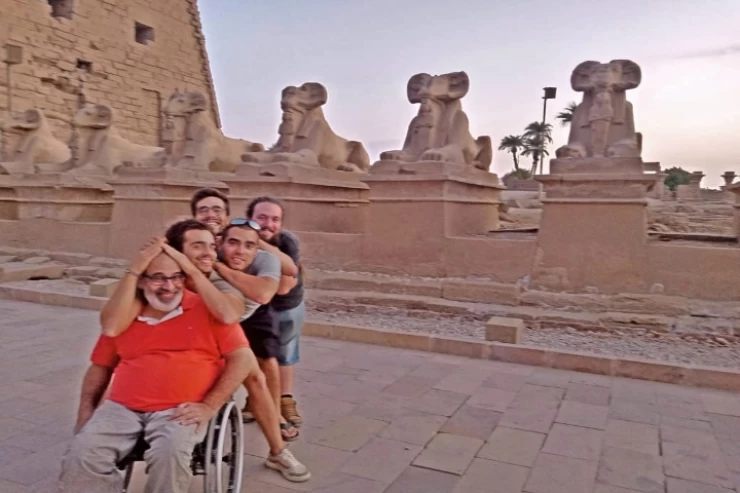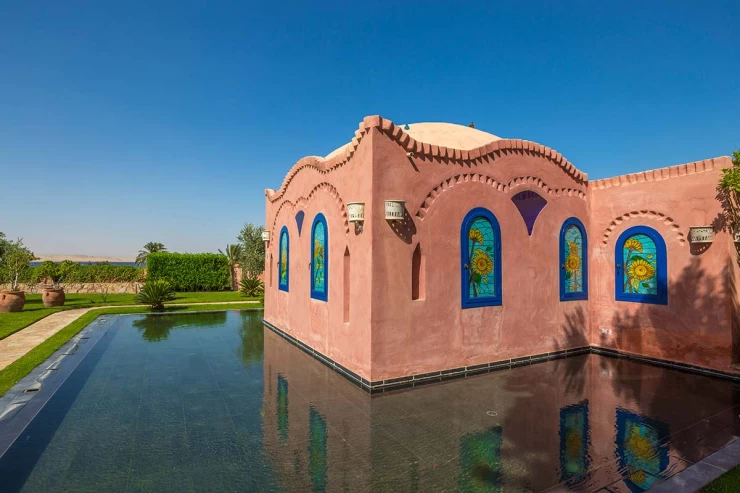The Splendor of the Wadi El Seboua Temple in Nubia: The Valley of the Lions
Hidden in the core of Nubia, Wadi El Seboua Temple, also called the "Valley of the Lions," is a spectacle and pride of ancient Egyptians. Situated near Aswan, this lesser-known edifice will influence one's senses. The gaze knows an entirely different world, much from the obvious desert atmosphere of Lake Nasser that surrounds it.
A Temple Accumulated with Memory
Originally begun by Pharaoh Amenhotep III, the Wadi El Seboua Temple was further augmented during the reign of the famous, powerful Ramses II—one of the greatest rulers of ancient Egypt. Like so many other temples, it was dedicated to the gods Amun-Re and Ra-Horakhty and became a monument in Nubia by its very location, a combination of piety and political hegemony.
"Wadi El Seboua," or "Valley of the Lions,"
From the richly ornamented area leading to the entrance of the temple, the avenue of sphinxes. They pour protection and power as well as direct a worshipper towards the sacred interior of the temple.
Architectural Marvels
One such site is the temple complex, a testimony to the grandeur and magnificence of ancient Egyptian architecture. Its monumental gateways, carved khanum walls, and deeply reaching tower pillars, all of which are adorned with hieroglyphs and reliefs, narrating stories about the gods and military victories of Ramses II, create a wholly conceived design. The hypostyle hall—the unmistakable element of the Egyptian temple—creates magic with its ornate pillars, from which emerges the aura of eternity.
True preservation
During the 1960s, as the Aswan High Dam was built, its rising waters began to fill Lake Nasser and inundate many of Nubia's historic monuments. Among them was the Wadi El Seboua Temple, which was subsequently saved by UNESCO's ambitious Nubian Monuments Campaign. The temple was painstakingly disassembled and moved to a better elevation to be preserved as a legacy for future generations.
Wadi El Seboua Today
It promises to be an extraordinary experience for these people. There, far from the madding crowds of the better-known sites, you will find peace and can expose yourself to this priceless treasure at leisure. Adding to its near potential spell is the view that the temple gets from the desert and Lake Nasser, whose splendid vistas, combined with a sense of timelessness, create an atmosphere most wondrous.
How to Visit
Wadi El Seboua Temple can be visited either by cruises organized on Lake Nasser or overland tours from Aswan. Most visitors prefer cruise trips that include stops at other remarkable places such as the temples of Kalabsha and Amada. Quite besides, the voyage itself provides a stunning experience for views and an appreciation of Nubia's rich heritage.
The magnificent Wadi El Seboua Temple
The temple, which honors Ramses II, is remarkable for its sandstone constructions, enormous pylons, and detailed reliefs. Massive statues of Ramses II seated on his throne adorn the facade, welcoming onlookers to this breathtaking location.
The Temple of Dakka is located close to Wadi El-Seboua. It was constructed in the third century BC, during the Ptolemaic era.
The enormous and remarkably preserved pylon that still stands at this location makes it noteworthy. You can ascend to the top of the pylon for breathtaking views of the surroundings, which include the lake in one direction and the desert in the other.
Conclusions
Wadi El Seboua Temple is a strong monument to the glories of ancient Egypt and the powers of human ingenuity in constructing cultural heritage. Whether you are a full-fledged fan of history or you just wish to be taken away into some peaceful retreat of the past, the Valley of the Lions in Nubia will provide it.
It is your chance to discover the greatness of Wadi El Seboua Temple, a site where history, art, and nature perfectly come together.
